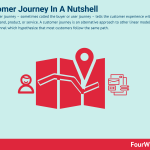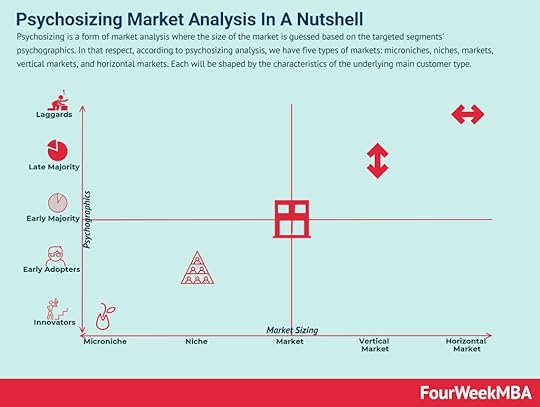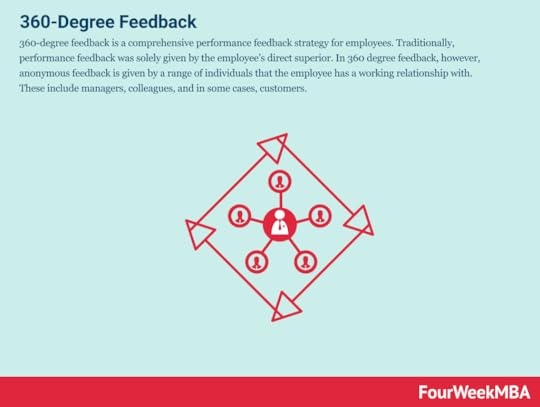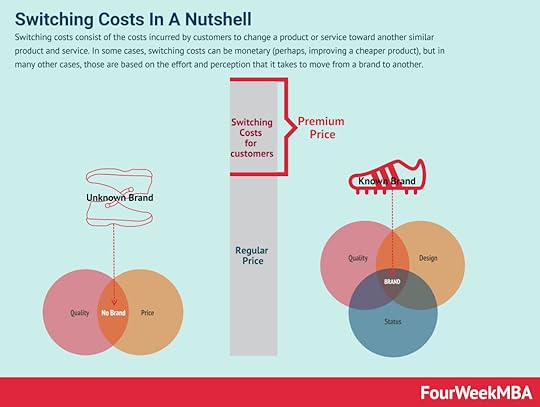Customer Journey In A Nutshell

The customer journey – sometimes called the buyer or user journey – tells the customer experience with a business, brand, product, or service. A customer journey is an alternative approach to other linear models like the sales funnel which hypothesize that most customers follow the same path.
Understanding the customer journeyDescribing a customer journey may seem simple if we only consider the transaction between the buyer and the seller.
In truth, the customer journey is much more complex and multifaceted. It begins when a consumer first becomes aware of a brand and extends well beyond the final purchase into loyalty programs and brand advocacy. Whatever the industry, customer journeys must reflect a deep understanding of the end-user. How does the user behave and feel as they travel through the sales process? Are there impediments to user or business success?
The customer journey is measured by touch-points, or consumer interactions with a brand. How a business manages marketing, point-of-sale, and customer support touch-points will dictate whether it can attract and then retain buyers.
It’s important to note that touchpoints should be tailored to a specific buyer persona. They must also be treated as single, independent entities while still making logical sense as part of a journey from start to finish.
Mapping a customer journeyCreating a compelling customer journey means adopting the perspective of the customer.
How is this accomplished?
Conduct analytical research – use website and other analytics data to identify where the ideal customer hangs out and how much time they spend interacting with a brand.Conduct anecdotal research – it is not possible to get inside someone else’s head, but social media can yield vital clues regarding how an individual feels or thinks when interacting with a brand. Pay particular attention to reviews, as many only feel compelled to leave feedback when they have strong negative or positive feelings. If this information is unavailable, consider asking the target audience directly by conducting surveys.Identify customer touch-points – how does the customer interact with the brand via newsletters, advertising, websites, or after-sales support? Identify the obstacles and then associate each touch-point with a goal that overcomes them to facilitate a seamless customer experience.Create a graphic – include both analytical and anecdotal research data to display the customer journey in a spreadsheet or similar. Highlight areas where customer frustration or dissatisfaction causes them to end their journey and purchase elsewhere, but also make a note of areas where the customer is happy. To help visualize the customer’s state of mind, some find it helpful to use emojis.Benefits of customer journey mappingSome businesses may have a superficial understanding of the obstacles their customers face and how to overcome them.
However, the biggest rewards are had by going deeper to break down the customer journey into smaller parts and then restructure each touch-point.
Here are some of the benefits of doing so:
Refocus the company with an inbound perspective – instead of the business trying to attract buyers through outbound channels, it attracts customers by creating valuable and tailored content and experiences. Inbound marketing is more efficient and cost-effective than the alternative which is more of a scattergun approach.Proactive customer service – knowing where the customer is both delighted and frustrated allows a customer service strategy to be planned in advance. As a result, the business becomes more nimble and can selectively market to maximize brand value and equity.Improved customer retention – it stands to reason that a satisfied buyer with fewer pain points is more likely to become a loyal and devoted fan. Customer satisfaction is crucial, as a single bad experience from customers might lead them to switch. Customer journey mapping also allows the business to identify the common behavioral patterns associated with customer churn, and plan accordingly.Customer journey as an alternative to sales funnels The sales funnel is a model used in marketing to represent an ideal, potential journey that potential customers go through before becoming actual customers. As a representation, it is also often an approximation, that helps marketing and sales teams structure their processes at scale, thus building repeatable sales and marketing tactics to convert customers.
The sales funnel is a model used in marketing to represent an ideal, potential journey that potential customers go through before becoming actual customers. As a representation, it is also often an approximation, that helps marketing and sales teams structure their processes at scale, thus building repeatable sales and marketing tactics to convert customers.A customer journey is a great addition to other more linear tools like the sales funnel, as it enables you to have a deeper understanding of how customers get to know your brand. Therefore, removing assumptions about how customers interact with your brand. This is critical as it helps to act with fewer assumptions and drive more effective branding campaigns.
Key takeaways:The customer journey tells the story of a consumer’s experience from the first interaction with a brand to a point well beyond their last purchase.For the business, crafting a compelling customer journey means taking the perspective of the customer. It must conduct analytical and anecdotal research to identify pain points, thoughts, and feelings that influence behavior. Then, it must visually represent the journey to identify obstacles and areas for improvement.The customer journey helps an organization adopt an inbound marketing strategy with a focus on proactive customer service. This mindset creates satisfied customers who are more likely to be retained.Related Concepts
 Psychosizing is a form of market analysis where the size of the market is guessed based on the targeted segments’ psychographics. In that respect, according to psychosizing analysis, we have five types of markets: microniches, niches, markets, vertical markets, and horizontal markets. Each will be shaped by the characteristics of the underlying main customer type.
Psychosizing is a form of market analysis where the size of the market is guessed based on the targeted segments’ psychographics. In that respect, according to psychosizing analysis, we have five types of markets: microniches, niches, markets, vertical markets, and horizontal markets. Each will be shaped by the characteristics of the underlying main customer type.  Customer experience maps are visual representations of every encounter a customer has with a brand. On a customer experience map, interactions called touchpoints visually denote each interaction that a business has with its consumers. Typically, these include every interaction from the first contact to marketing, branding, sales, and customer support.
Customer experience maps are visual representations of every encounter a customer has with a brand. On a customer experience map, interactions called touchpoints visually denote each interaction that a business has with its consumers. Typically, these include every interaction from the first contact to marketing, branding, sales, and customer support. 360-degree feedback is a comprehensive performance feedback strategy for employees. Traditionally, performance feedback was solely given by the employee’s direct superior. In 360 degree feedback, however, anonymous feedback is given by a range of individuals that the employee has a working relationship with. These include managers, colleagues, and in some cases, customers.
360-degree feedback is a comprehensive performance feedback strategy for employees. Traditionally, performance feedback was solely given by the employee’s direct superior. In 360 degree feedback, however, anonymous feedback is given by a range of individuals that the employee has a working relationship with. These include managers, colleagues, and in some cases, customers. Switching costs consist of the costs incurred by customers to change a product or service toward another similar product and service. In some cases, switching costs can be monetary (perhaps, improving a cheaper product), but in many other cases, those are based on the effort and perception that it takes to move from a brand to another.
Switching costs consist of the costs incurred by customers to change a product or service toward another similar product and service. In some cases, switching costs can be monetary (perhaps, improving a cheaper product), but in many other cases, those are based on the effort and perception that it takes to move from a brand to another. Customer development is a formal process of identifying potential customers and determining how to meet their needs using testable hypotheses. Entrepreneur and business professor Steve Blank highlighted the Customer Development Manifesto principles in The Startup Owner’s Manual as the core principles for modern startups.
Customer development is a formal process of identifying potential customers and determining how to meet their needs using testable hypotheses. Entrepreneur and business professor Steve Blank highlighted the Customer Development Manifesto principles in The Startup Owner’s Manual as the core principles for modern startups. Main Free Guides:
Business ModelsBusiness StrategyBusiness DevelopmentDigital Business ModelsDistribution ChannelsMarketing StrategyPlatform Business ModelsRevenue ModelsTech Business ModelsBlockchain Business Models FrameworkThe post Customer Journey In A Nutshell appeared first on FourWeekMBA.



